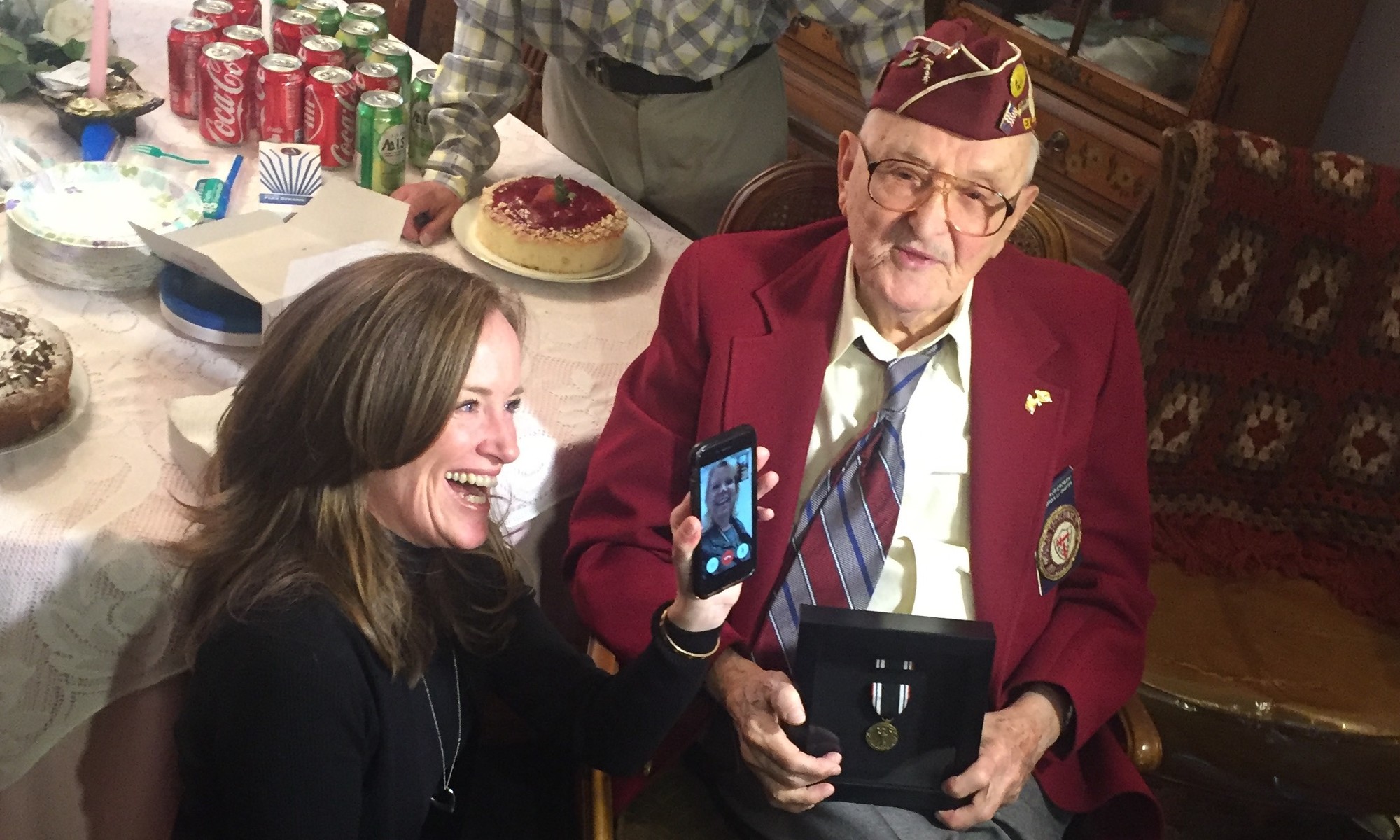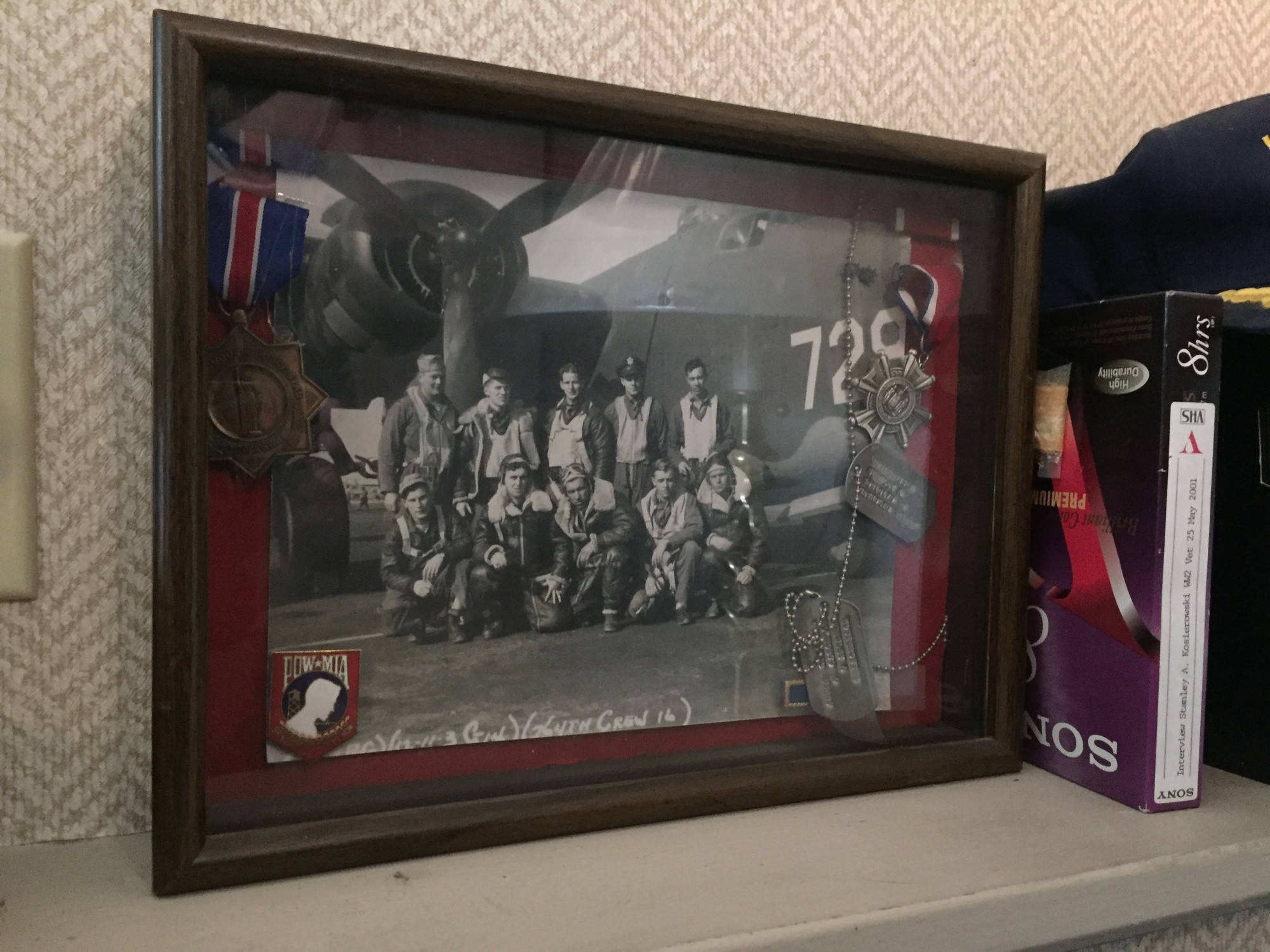Honoring a WWII hero
Local veteran receives POW medal from U.S. Rep. Rice
Stanley Kosierowski, a 92-year-old East Meadowite, said he truly became a man when he turned 21 on April 10, 1944. Three days later, Kosierowski, a staff sergeant in the U.S. Army Air Force, went on his first mission as a B-24 Liberator bomber tail turret gunner.
His job was to make sure the bombs were secure and ready to be dropped over railroad tracks near Budapest, Hungary, cutting off supplies to German forces. But after successfully destroying the German routes, his plane was struck by those very enemies.
Looking out, Kosierowski saw a hole in one of the plane’s wings that was so big that if he had jumped through it with arms outstretched, he wouldn’t have touched either side. He rushed to a door near the turret — only to be shot in the left arm.
After he was injured and the turret exploded, Kosierowski strapped on a parachute and huddled, frightened, near the plane’s fuselage, which he said was only about a quarter-inch thick. “I said, ‘This couldn’t be happening to me. This is like being in the movies,’” he recalled. “I thought, I’m too young to die.”
He survived the attack, as well as 13 months in German prisoner of war camps. For his bravery, U.S. Rep. Kathleen Rice presented Kosierowski — calling him “Stan the man” — with a Prisoner of War Medal on Feb. 18.
A prisoner of war
Kosierowski was drafted in February 1943. A 19-year-old Brooklynite at the time, he was working in an upholstery business and studying to become an engineer in the evenings.
When he was called to serve, he wasn’t scared. “I was happy to get drafted because I had no real life of my own,” he said. “It was a breakaway from that routine.”
He joked that he hoped to be assigned to the Navy, because he thought “the outfits were more attractive to the girls.” Alas, he was assigned to the U.S. Army Air Force, and underwent extensive training in Florida, Idaho and California.
He was part of a 10-man crew that was deployed to a base in Fogi, Italy. All of his peers survived the April 13, 1944, attack and eventually made it back to America,









